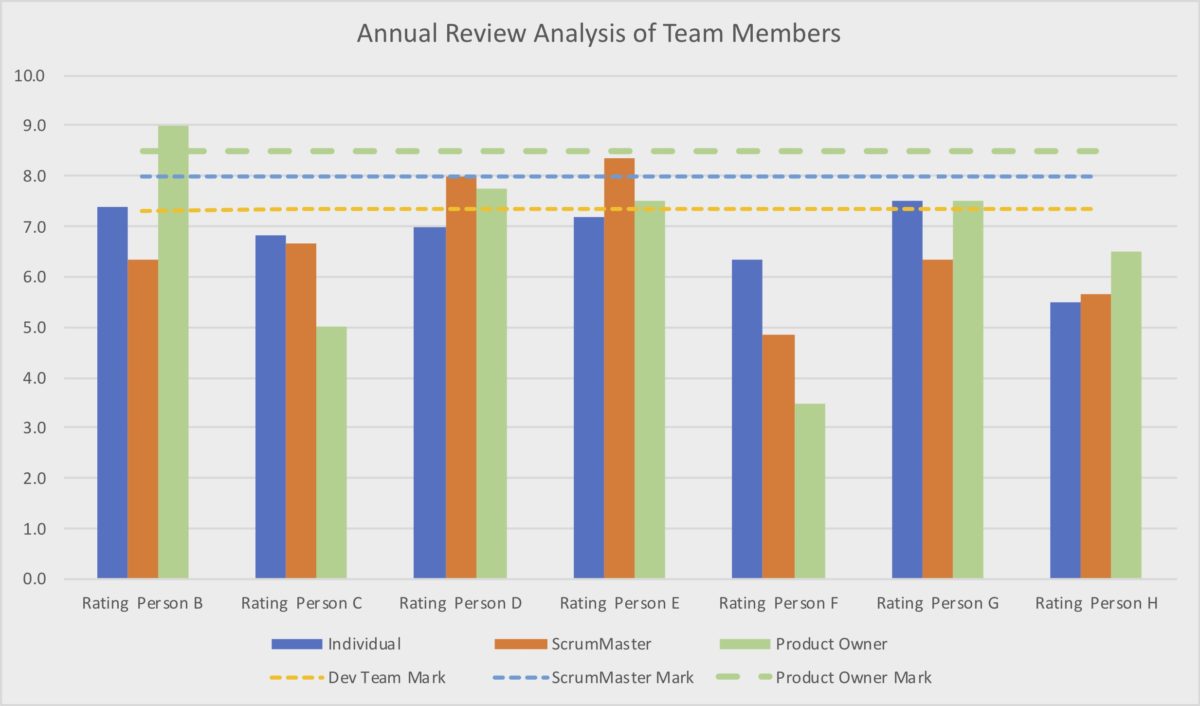Do we really need a ScrumMaster ?
Do we really need a ScrumMaster? As organizations get on to the Scrum bandwagon there is a cacophony of advice on what is the role of a ScrumMaster and how to best leverage this position within “our organization” Regardless of the strategy the question still remains, how do we fill the new positions of ScrumMaster?










